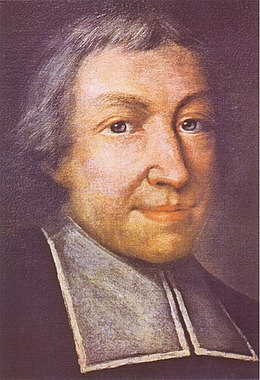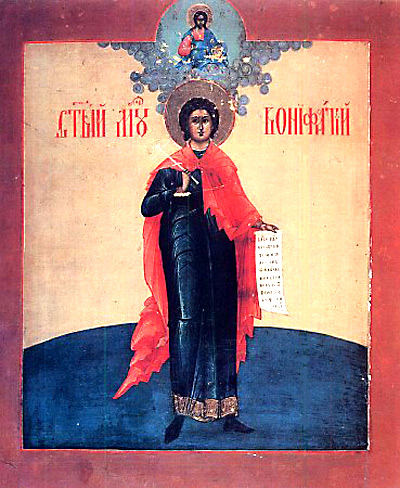
Illustration: UCATHOLIC
For more than a thousand years, the Papal Tiara was as symbol of the authority of the Papacy. But, when Pope Paul VI left his Tiara on the Altar of Saint Peter’s during the closing of The Second Vatican Council, no Pope has worn the Three-Tiered Crown. However, subsequent Popes have received Tiaras, but have not worn them publicly (or likely at all.)
On 16 May, during an audience with Trajko Veljanoski, The Speaker of The Assembly of The Republic of Macedonia, The Holy Father was presented with a beautifully ornate Tiara, handmade by the Nuns of Rajcica Monastery, with Pearls from Ohrid Lake. Up until this point, Pope Francis had not received a Tiara.
Solemn Pontifical Mass, Celebrated by Pope Saint John XXIII, in Saint Peter's Basilica, Vatican City, Rome. Photo probably taken in 1962, at the beginning of The Second Vatican Council. The presence of a lit Paschal Candle in front of the Ambo indicates that The Mass was Celebrated during The Easter Season. Note The Papal Tiaras and the assistance of Eastern Rite Clergy.
Date: 1963 or earlier.
Author: Unknown.
(Wikimedia Commons)
On 16 May 2016, during an audience with Trajko Veljanoski, The Speaker of The Assembly of The Republic of Macedonia, The Holy Father was presented with a beautifully ornate Tiara, handmade by the Nuns of Rajcica Monastery, with Pearls from Ohrid Lake. This was the first time that
Pope Francis had received a Tiara.
Illustration: UCATHOLIC
Tiaras are generally received by Popes as gifts from a group of people; for example, Pope Saint John Paul II received a Medieval-Style Tiara on behalf of The People of Hungary.
The Vatican’s Web-Site states that: “The Tiara is a head-dress ending in an Ogive and made of Silver, and, during the time of Pope Boniface VIII (1294 - 1303), two Crowns were on the Tiara, and, from 1314, three Crowns were on the Tiara (the reason it is called "The Triregnum"), topped by a small Globe with a Golden Cross. Among the various interpretations, we shall mention the one that says that The Three Crowns represent The Militant, The Suffering and The Triumphant Church.”





























